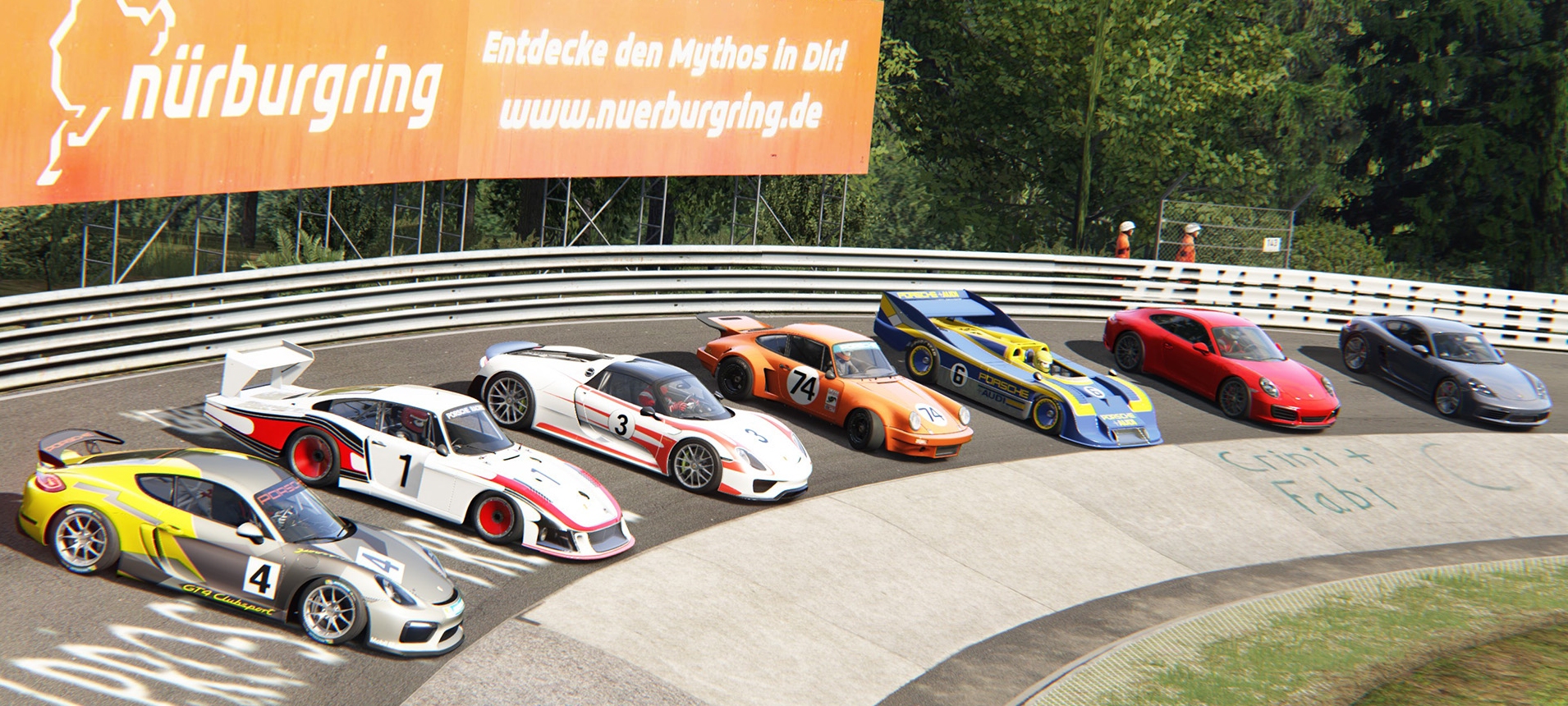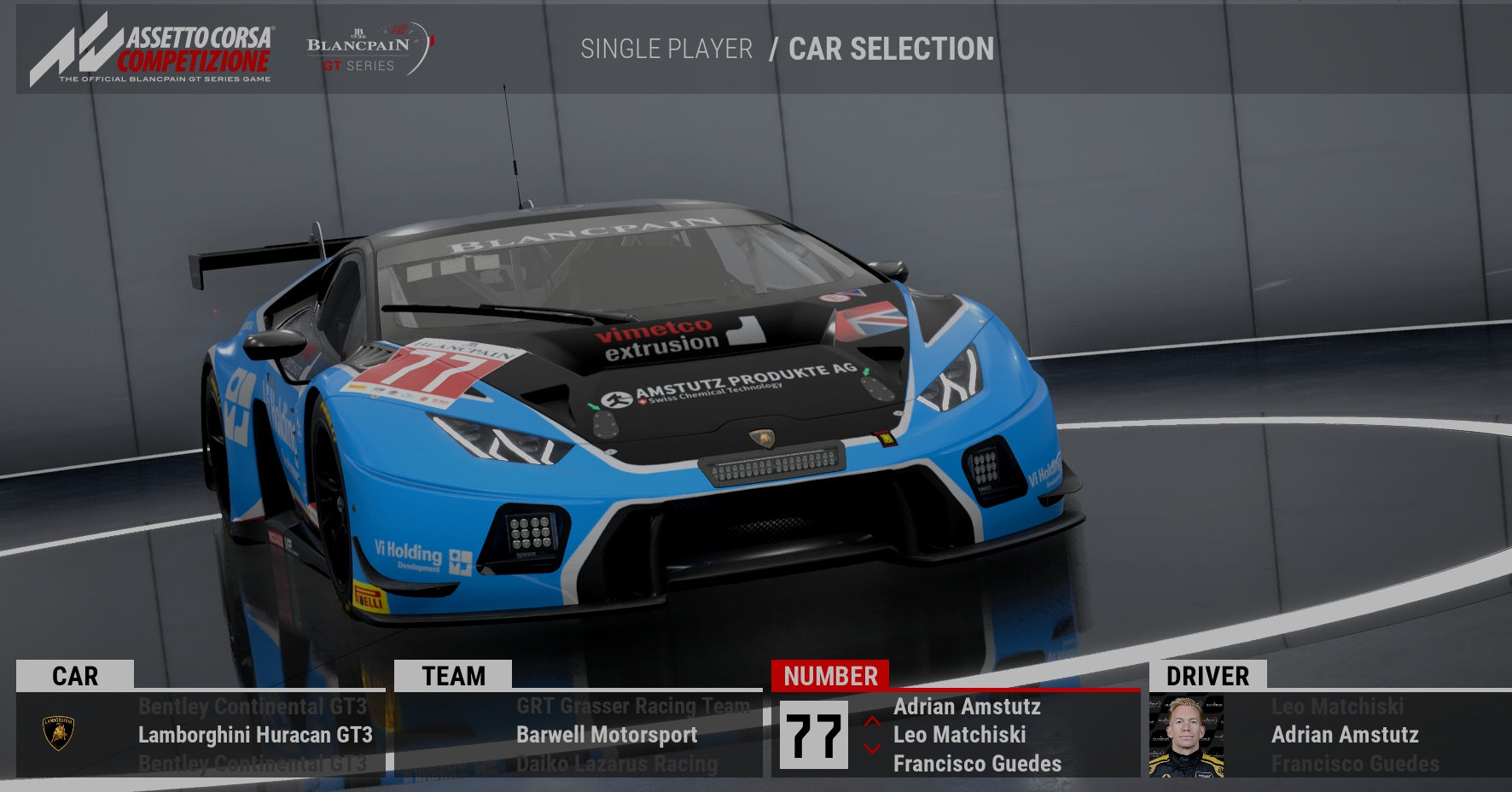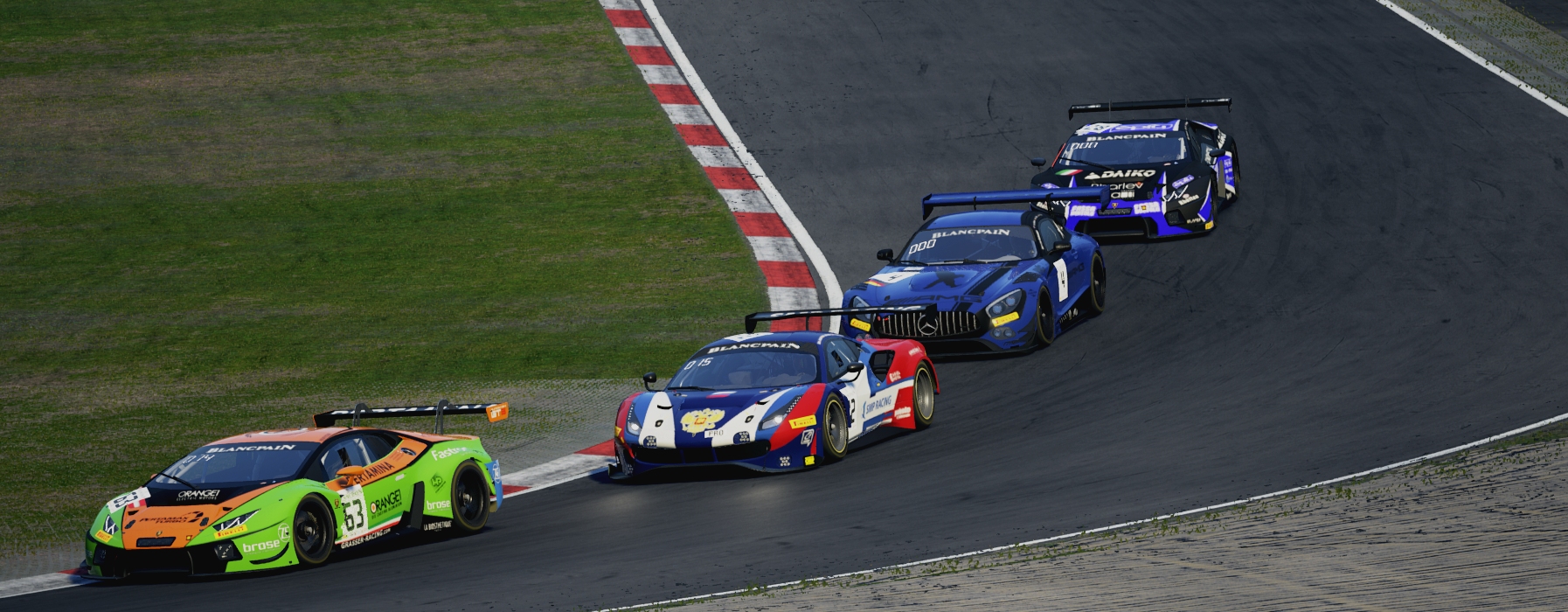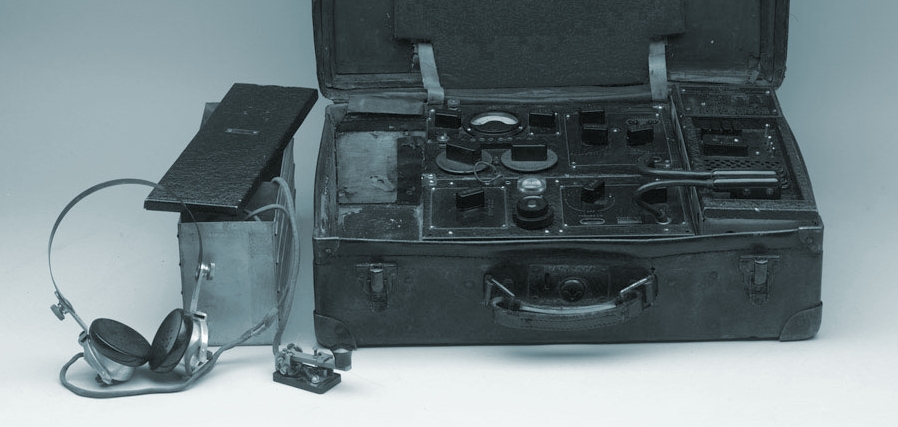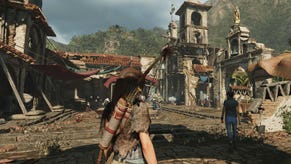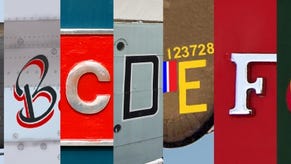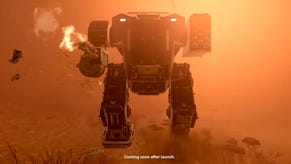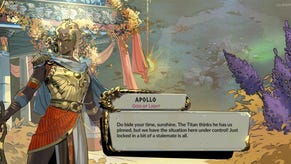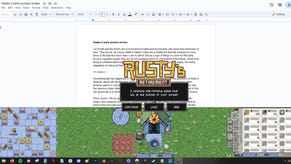The Flare Path: Tankettes Etcetera
Your Friday realism ration
Perfect timing! After the Armored Brigade preview code shook the mothballs from my interest in post-WW2 Armoured Fighting Vehicles, along comes an unusually corpulent wargame demo absolutely packed with the things*. Lurking in this five-scenario Combat Mission: Shock Force 2 trial are not only modern warfare yeomen like the M1A1, Challenger 2, Leopard 2 and Bradley IFV, but rarely recreated exotics such as the pint-sized Porsche-built Wiesel AWC. In the unlikely event Pixar ever make a heartwarming movie about an anthropomorphic tank, the star really has to be Wesley the wisecracking Wiesel.
*Post-WW2 AFVs not mothballs.
As the image above grimly testifies, Wesley's nimbleness, dinky silhouette, and 20mm quips don't always ensure his survival on CM's unforgiving battlefields. The poor lad has the misfortune to appear in 'Alamo', a scenario in which a medieval Syrian citadel stands in for the titular compound and a lightly-armed contingent of German Gebirgsjäger roleplay the surrounded Texians. If you're new to the Battlefront WeGo/real-time* way of waging war, be sure to spend a few days replaying smaller, less gruelling engagements before braving this spectacular set-piece ballbreaker.
*The choice is yours
There's considerable mileage in all five scenarios, even the unpromisingly titled 'Training Scenario' a low-headcount USMC attack on an OPFOR-occupied village. Naturally, there's an agenda behind the generosity. Battlefront are keen to demonstrate just how far their second-generation engine has come since launch in 2007. Listing the myriad mechanical differences between the original Shock Force and its imminent 'sequel*' would weary both of us, but things like truly amphibious amphibious AFVs, extensive squad splitting options, electronic warfare simulation, SAM missiles and improved performance have to be worth mentioning.
*CMSF2 won't feature brand new campaign content so is more reconditioned re-release than traditional sequel
Those squad splitting options together with self-preservational TacAI changes (troops try to spread out more during movement, will peek round building corners when suitably positioned, and attempt to escape HE barrages more energetically) don't entirely alter my long-held belief that CM models vehicular violence better than it models infantry clashes. It might be down to rustiness or cavalier tactics on my part but I still seem to lose clumps of men to the same MG burst or grenade blast more often than I'd like. Oh for Graviteam Tactics-style formation commands with configurable spacing.
And while the demo scenarios demonstrate the series' peerless respect for realism and talent for tension bally well, they don't always show second-gen CM's AI in the best possible light. Without giving too much away, I've witnessed script-following Syrian tank commanders do some deeply unwise things during the past few days. This spoilerific screenshot features a batty Ba'athist who's obviously never heard the saying “Fools rush in where Angles fear no treads”.
* * *
“Mouse steering is broken!”
“Nice rain.”
“Shame the Bentley Continental GT3s aren't Blower Bentleys.”
After three hours of Early Access Assetto Corsa Competizione, my notebook wasn't exactly groaning with insights. Faced with two choices - A) Plough on, pretending I've the genre experience necessary to say useful things about Kunos' latest, or B) Let someone who really knows and loves race sims, do the honours - passing the baton to Friend of Flare Path, Jon Denton, seemed like the sensible option.
While Jon's ACC enthusiasm/optimism isn't unqualified (“Kunos have a patchy track record with AI”...“At this point of Early Access there really isn't much to the game at all”) from the following piece that he's very kindly penned for FP, it's clear he heartily approves of the new sim's sharply defined boundaries and uncompromising a-step-up-from-AC physics.
“Released to Steam Early Access in September, Assetto Corsa Competizione (ACC) may not seem, from the outside, to have much going on. With the initial release offering just one car and track, you could be forgiven for thinking that this is just another multiplayer driving sim from the small Italian development house that brought us 2014’s celebrated Assetto Corsa (AC).
Similar name, similar same-same, right?
Well, not so much. For while Marco Massarutto, Stefano Casillo and the gang have maintained their evocative Assetto Corsa branding, they have changed just about everything else. ACC is simultaneously a step back into the focused closed-loop racing simulator that was the staple of 1990’s driving sims, and a step forward into the next generation of PC motor vehicle simulation. Let me explain…
The recent generation of PC driving simulators (That being a separate genre definition to “driving games” - with the simple requirement that the developers focus is on accurate vehicle simulation – think Rise of Flight over War Thunder) since 2005’s rFactor set the mould, have been keenly aimed at the multiplayer market. Often with no fleshed-out single player component at all, these sims aimed to provide you with a vehicle simulation (some cars) within an environmental simulation (some tracks) in which to drive them, and the chance to race online against the world's best. Once that mould was set, the die was cast and the cock had crowed, for onward marched netKar Pro, iRacing, Project CARS (pictured above) and then Kuno’s pezzo di resistenza: Assetto Corsa (pictured below).
Whilst each release from each developer would bring potentially game-changing new features and ever greater claims of accuracy in vehicular modelling, each and every one of them offered the same experience, an experience that proved far more engaging, long term, for the “hard-core simracing nutter*” than for the more casual pedal prodder.
*I reserve the right to use the term “hard-core simracing nutter” because I am one. :)
So when the Kunos team sat down around the tavolo after polishing off the final DLC for Assetto Corsa earlier this year, they had to decide what they did next. Do they just create “Assetto Corsa 2”, the same game, but shinier and bigger? Or do they try something different?
Luckily for us they went with the latter, ACC is a complete simulation of the Blancpain GT Series Endurance Cup, a sports car racing series featuring Gran Tourer racing cars that comply to FIA GT3 regulations. That’s your Porsches, Ferraris, Lamborghinis and so on. With seventeen cars in total racing on twelve different European circuits throughout the year, building to the highlight of the Spa 24 Hours, the series maintains a spiritual connection with the old FIA GT Championship series so fondly remembered from 2006’s GTR2.
By focussing their new sim on a specific series they present themselves with several interesting challenges. Not only now do they need a vehicle simulation (some cars) and an environmental simulation (some tracks), they also need a sporting simulation (some rules). And what’s more, to keep the hard-core simracing nutter happy, they need to do all of this better than anyone has ever done it before. While this seems like a tall order, one has to look at the benefits for the development team here: AC, throughout its development started to become bloated with feature-creep, with user pressure requesting a multitude of new features that were never in the original design document, the creaking in-house engine started to struggle with the addition of car after car, each more complex than the last, but at no point did the requests stop on the forums. With ACC presenting one racing series it allows the developers to place their spotlight firmly on the group of cars that race in that series, and the artists to work their virtual paintbrushes only onto laser-scanned recreations of the circuits that those cars race on. If users want to request more, they need to get the Blancpain rulebook changed.
As part of the decision to opt for a sports simulation product, it was also deemed prudent to move to Unreal Engine 4. With the engine giving considerably more flexibility with feature design and planning it seemed a no-brainer to move away from the traditional simracing route of in-house engine building. The only real question revolved around whether the engine in question could support the complexity of physics that the Kunos team required. Unreal fitted the bill, and early on Stefano Casillo was able to port across the basic tyre and vehicle dynamics modelling from AC directly into prototype builds and subsequently force feedback for wheel controllers, a staple of modern driving sims. So then they were, to use an obvious pun, off-and-racing.
But the Kunos team are not ones to rest on their laurels. Once Stefano transferred the physics he started to tinker, and along with head of vehicle modelling and all round engineering guru Aris Vasilakos he began to target areas of AC’s, already superb, vehicle physics for improvement. Offered a closed set of seventeen cars to work with, and unfettered access to tons of data from the real-world Blancpain teams, the studio started to think about how much extra detail they could pack into those cars. How about accurately modelled compression in bump-stops? What about a ram-air simulation? Dramatically enhanced aero simulation? Variable tyre grip based on track surface, temperature, and slip-ratio and sidewall flex? You got it…. Coming from an engine they had worked on for years, to the new world of potential that the new engine mathematically presents, the Kunos vehicle development team has truly flourished.
How does it drive? In early access at this stage (October 2018) there are but two cars and two tracks available to drive in various different conditions and in VR. Once configured it is distinctly apparent after a couple of hours in the cars that this a step above AC when it comes to physics. The slick tyre model is far more edgy, and requires a deft hand, and with such precise aero modelling you have to be constantly thinking about the aero platform as you press on in these hulking beasts (With driver these cars can weigh in at up to 1400Kg). Smooth entries, allowing the front end to settle after braking, are crucial to keep the pitch even through the mid-corner whereas too much yaw can easily see aero load plummet and your Lamborghini pirouette.
But what of the casual player? The driver who wants to get out their G29 and run a race or two and have fun? Well this is where the dedication to sporting simulation bears fruit; the Blancpain championship presents a single player “campaign” that offers the player as much, or as little, depth as they like. Want to run 3 hour races in variable weather (Rain, as well as wind speed and direction are fully modelled) with full length practice sessions, and hone all of your own setups from scratch? Go for it. Want to run a series of 20 minute races in lovely sunshine with pre-built setups from the dev team, automatic gear shifting and a racing line painted on the track? You can do that too.
^ click to enlarge
At this stage of Early Access the sim is quite barebones, with each passing month more and more is being implemented in a tightly defined roadmap leading up to a Q1 2019 release. The final game will feature a single-player career mode, multiplayer with a detailed analytical matchmaking system, the full fleet of cars and tracks and live special events.
By offering AI, and a single player campaign that adheres to the race format and rulebook of the Blancpain series ACC does what most of the recent generation of sims has not, let you race on your own terms. In the mirror of simracing classics of old such as Crammond’s Grand Prix Series, Papyrus’ NASCAR titles and GTR, what a focused sim like this does for the player is provide far more of a game than the recent crop of sims that essentially provide a platform for you to find your own enjoyment amongst a sea of cars. The sandbox has its place, but right now ACC’s single focus feels like a breath of fresh air.”
* * *
Meet next week's Guest Editor
For the last seven years I've been filling this column with whatever I damn well please. The freedom has been glorious (Thanks, Hivemind) but has doubtless led to self-indulgence on occasion. Next Friday, for the first time ever, someone else will be calling the shots. Peter, the winner of the Birthday Foxer Bonanza 'Special Prize', has chosen next week's subject and will have my guts for arrestor cables if the column is a duff one. You'll have to tune in on the 2nd to find out exactly what that subject is, but the following Q&A contains the odd clue.
RPS: How far back does your interest in military history go?
Peter: I can't remember not being interested in history in general, and I grew up making Airfix kits, watching war films, reading Biggles, that sort of thing; so I suppose that's where the military history interest was developed. I have a degree in history, but almost none of that touched military history. When I was probably about 12 or 13 I borrowed a book about wargaming from a friend of my parents and enjoyed fighting battles on a tabletop, but I could never get any of my friends interested enough to game with them. I also felt that although you had the physical models to move around, tabletop wargaming never felt very satisfactory - I have now come to the conclusion that it's the sound and ambience that a computer wargame provides that makes it so much more immersive.
RPS: Can you remember your first brush with computer wargaming?
Peter: My parents got our first computer when I was 14 (an iMac, and since then I have done almost all my gaming on a mac) and I started buying games. My first (and my favourite) wargame was Close Combat 2, bought in 2000, and I still play it occasionally today. It had everything I was after - immersive experience, an opponent to play against, and the top-down maps are very like tabletop wargaming. It was also about Market Garden (A Bridge Too Far being probably my favourite war film - I had it on VHS recorded off TV and watched it about twice a year), and had the best possible context - as the Allies you could change history by winning, not just follow the course of what happened.
For me, a detraction of WW2 computer wargames is that winning as the Allies usually results in history taking the course it did and, unless the real-life battles were particularly challenging, this often isn't very interesting (or at least doesn't feel like much of an achievement). Playing Close Combat 3 I find it frustrating that no matter how well you do as the Germans, each operation starts with the historical context of having lost the previous one.
Combat Mission: Afrika Korps was my second wargame, and I think I enjoyed this partly because you got closer to the ground, seeing the battles through the soldiers' viewpoint somewhat. I like the we-go system as it allows me to think through tactics and not have to rush from one side of the map to the other as much as Close Combat. Also I liked that it covered what I felt was a neglected bit of history - it seemed like nearly all WW2 games were about Normandy or Russia. One of my grandfathers was in Egypt and Palestine with the RAMC in WW2, so I guess that adds a slightly personal dimension.
RPS: Are there any trends in modern gaming that you'd be happy to see the back of?
Peter: With the odd exception, it feels like the demo has gone the way of the dodo, which I think is bad for games in general and wargames in particular. Almost all of the games I bought as a teenager were ones I had played a demo of and wanted to play more. Wargames tend to sit at the more expensive end of the price spectrum (although this is not to say they are poor value for money) and I wonder how many younger gamers find this to be a barrier. I didn't have the disposable income then to speculatively buy a game hoping it would be good. Granted, YouTube didn't exist then, but I think that gives you very little idea of how a game plays and how fun it will be. The games I have bought and regretted doing so were certainly all bought 'blind'.
While not a trend in modern gaming exactly, I think abandonware, access to games no longer on sale/supported, whatever you want to call it, is something that needs addressing. CM:AK has been removed from the Battlefront site and doesn't seem to be available to purchase anywhere. Maybe it will follow CM:BO to GOG? Until the Close Combat games appeared on GOG this year they were unavailable for however many years. Yet if people who owned copies of discontinued games made them available online, no doubt they would get into hot water. That doesn't seem fair, and again could be a good way to get people interested in trying wargaming.
Also, not exactly a trend in modern gaming, but I can't stand it when the difficulty of a game is obviously based on letting the computer 'cheat'. Not in the way of making the computer's units less likely to rout or giving his force pool more points, but when game rules that apply to the player just don't apply to the AI. I can't think of a wargame example offhand, but Civ 5 would let the AI go bankrupt with seemingly none of the ill-effects that the player suffered if it happened to them.
RPS: You've inherited several million pounds and decided to quit your current job, form a studio, and make a video game. What's the game about?
Peter: I would love to play a game about the SOE - a topic that I think someone could make almost any genre of game from. The game I would make probably wouldn't be a wargame, but a sim-ish first person RPG. It would include some stealth elements, abilities that could be developed (Morse code skills, foreign languages, marksmanship etc), but be enough of a sim that one shot could kill you. Missions would also be 'realistic', not requiring one-man-army Medal of Honor stuff, although players could try to play like that. It would have character creation that is as historically accurate as possible, (while still being fun) - I think it would great fun exploring the types of people who took part in clandestine & partisan warfare. Reading Wikipedia biographies of SOE agents is fascinating - some of them very ordinary people doing extraordinary things, others quite eccentric people doing extraordinary things.
RPS: Thank you for your time.
* * *









